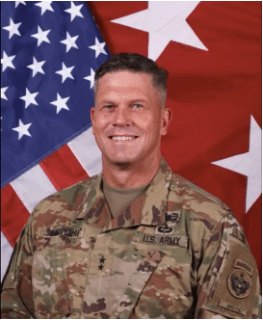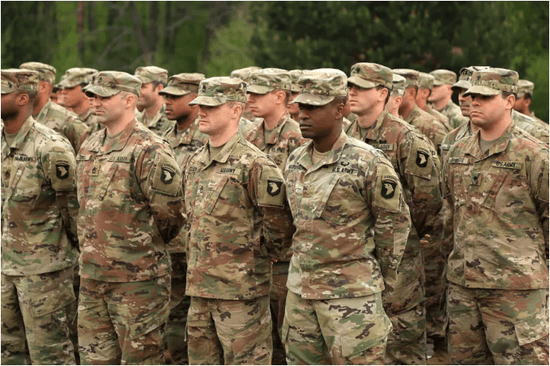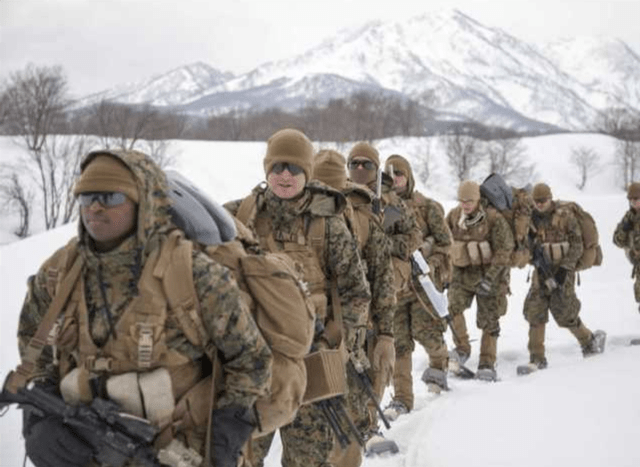Peter Andreak, the commander of the U.S. Army in Alaska, said at a seminar held at the Polar Research Institute of Wilson Center recently that his team will analyze the mountaineering training courses deployed in the state’s Army, “preparing to prepare for the Himalayas and India in the Himalayas. The army trains together.

According to Andreak, the U.S. Army deployed in Alaska has been trying to adapt to fighting in cold environments for 20 years, but because of combat missions, they are often sent to places with opposite climates, that is, the Middle East.
He said: “The U.S. Army has undergone a large-scale transformation to standardized small brigade combat teams. Thus, the entire unit was roughly similar in equipment, but lost the targeted ability to fight in a very unique environment.”
However, this situation will change this winter. Andreak said that the headquarters of his unit had purchased a large number of skis, snowshoes, large tents and other equipment to train the army’s viability in cold weather.
They are preparing to conduct an annual brigade exercise called “Arctic Warrior” in February next year. Meanwhile, the U.S. Army Drafting Command is still trying to find soldiers who adapt to the Arctic environment.
In addition, Andriak’s troops will also train with the Indian army. He said that the “preparation for war” exercise held jointly with the Indian army was held every six months.
The exercise has been regularly held at Joint Base Lewis-McChoard in Washington over the past decade, but the focus of the exercise now is on dealing with war in extremely cold environments.” In 2021, we will hold it in Alaska.
In 2022, it should be in the Himalayas. In particular, the report mentioned that in recent months, India and China have had border conflicts in the region.
Andreak said that some changes (the training requires) will help soldiers stationed in Alaska better integrate with foreign partners living in Asia, “not only India, but also other partners”.

According to Andreak, Christopher Cavoli, the commander of the U.S. Army in Europe, also recently asked the Alaska Army to go out and train with European Arctic countries such as Norway.
Andriak said that Norway can provide valuable experience for the U.S. military, such as how to operate two different sets of equipment: one for the cold winter and the other for the summer. In addition, his unit is working with the Army Draft Command to recruit more soldiers from Alaska, Colorado and places with similar weather and terrain.
There have been media reports that the next target of the U.S. military is the Arctic. In recent years, the U.S. military is improving the level of combat training for cold environments, and also increasing the frequency of entry into the Arctic.
According to a report by the Hindustan Times on the 16th, Shaw Han, the commander of the Eastern Theater Command of the Indian Army, said that since the confrontation on the Indian-Chinese border, there has been no “Chinese invasion or confrontation between the two armies” in the eastern part of the actual control line between the two countries, but the physical conflict in the Galwan Valley shows that “we have a real situation with the Chinese army. The mutual trust of the control line has completely disappeared, “it takes time to rebuild the mutual trust”.
In addition, India’s news18 news network said on the 16th that India’s Minister of Communications and Information Technology Prasad said on the same day that the Indian Cabinet Security Committee had decided that certain telecommunications equipment providers might be “blacklisted” to enhance the security of telecommunications networks.
Prasad did not respond to whether the move was related to China in an interview, but the Indian media speculated that Huawei, ZTE and other companies may be added to the “blacklist”.



